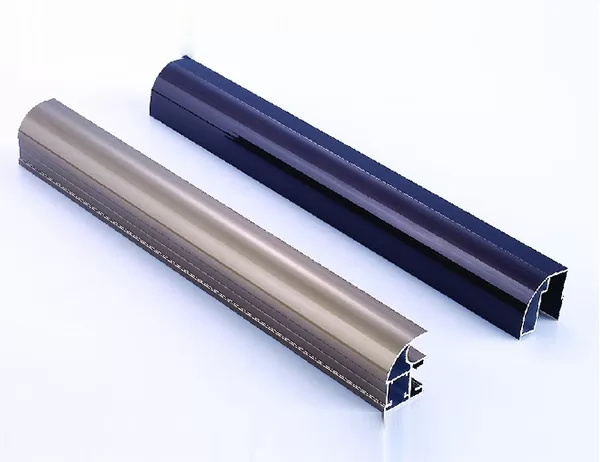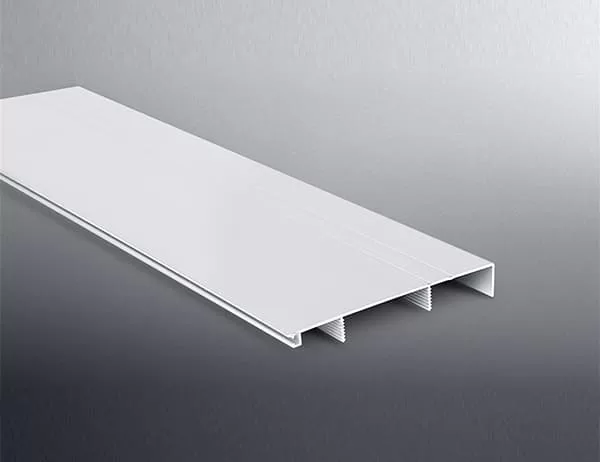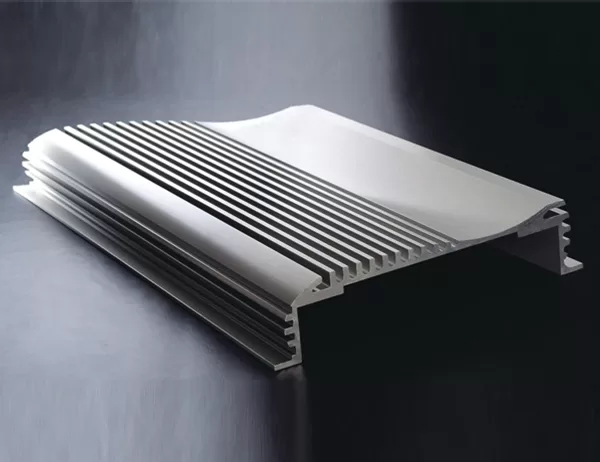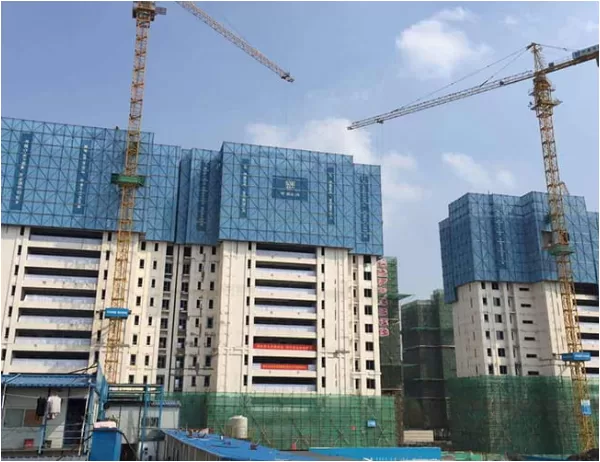Introduction
Aluminum tubes are commonly used in a wide range of applications, including construction, engineering, and manufacturing. The choice of tube size depends on various factors, including the specific application, strength requirements, and durability considerations. This article provides a comprehensive comparison of 100mm aluminum tubes with other popular tube sizes, highlighting their respective advantages and limitations.
Weight and Strength
100mm aluminum tubes offer an excellent balance between weight and strength. Aluminum is a lightweight material, resulting in tubes that are easy to handle and install. Despite their low weight, aluminum tubes exhibit high strength-to-weight ratios, making them suitable for structural applications where weight optimization is critical.
Corrosion Resistance
Aluminum tubes are highly resistant to corrosion, making them ideal for outdoor applications or environments with high moisture levels. The natural formation of an aluminum oxide layer protects the metal from oxidation and degradation, ensuring long-term durability.
Thermal and Electrical Conductivity
Aluminum tubes possess excellent thermal and electrical conductivity, making them suitable for applications involving heat transfer or electrical conduction. In heating and cooling systems, aluminum tubes facilitate efficient heat dissipation, while in electrical applications, they provide low electrical resistance for efficient current flow.
Versatility and Formability
100mm aluminum tubes are highly versatile and can be easily formed into various shapes and sizes. They can be bent, rolled, and welded without compromising their structural integrity. This versatility makes them adaptable to a broad range of design requirements and applications.
Cost Considerations
Compared to other materials such as steel or stainless steel, aluminum tubes are generally more cost-effective. The lightweight nature of aluminum reduces shipping and handling costs, and its high strength-to-weight ratio allows for the use of thinner tubes, further minimizing material usage and cost.
Other Considerations
In addition to the key aspects discussed above, other considerations when comparing 100mm aluminum tubes to other tube sizes include:
– Surface finish: Aluminum tubes can be anodized or coated to enhance their appearance, corrosion resistance, and abrasion resistance.
– End treatment: Tubes can be cut to length and fitted with various end treatments, such as chamfering, threading, or welding, to facilitate installation and integration into larger systems.
– Availability: 100mm aluminum tubes are readily available in various lengths and thicknesses, ensuring easy procurement and quick delivery.
Conclusion
The selection of 100mm aluminum tubes compared to other tube sizes should be based on the specific requirements of the application. By considering factors such as weight, strength, corrosion resistance, thermal conductivity, versatility, cost, and end treatment, engineers and designers can make informed decisions that optimize performance, durability, and cost-effectiveness.




